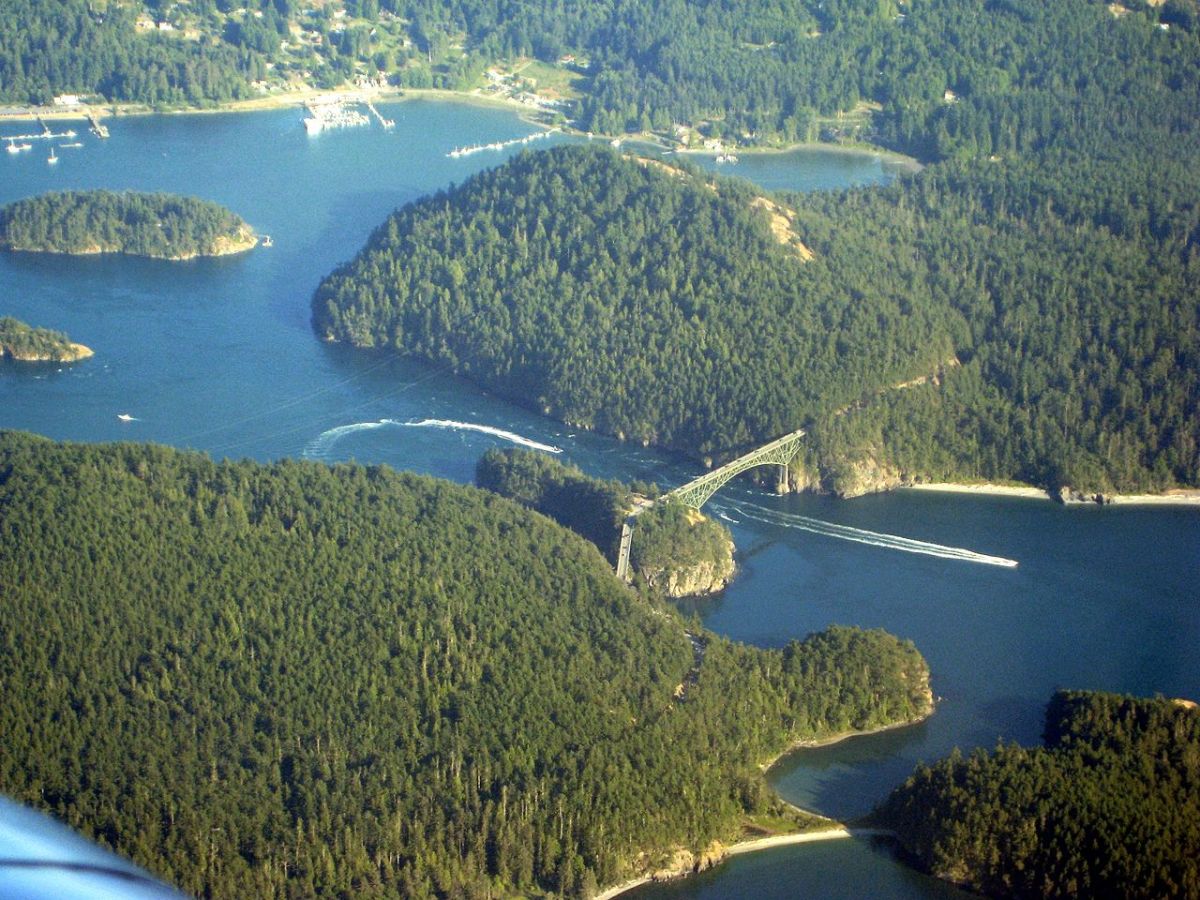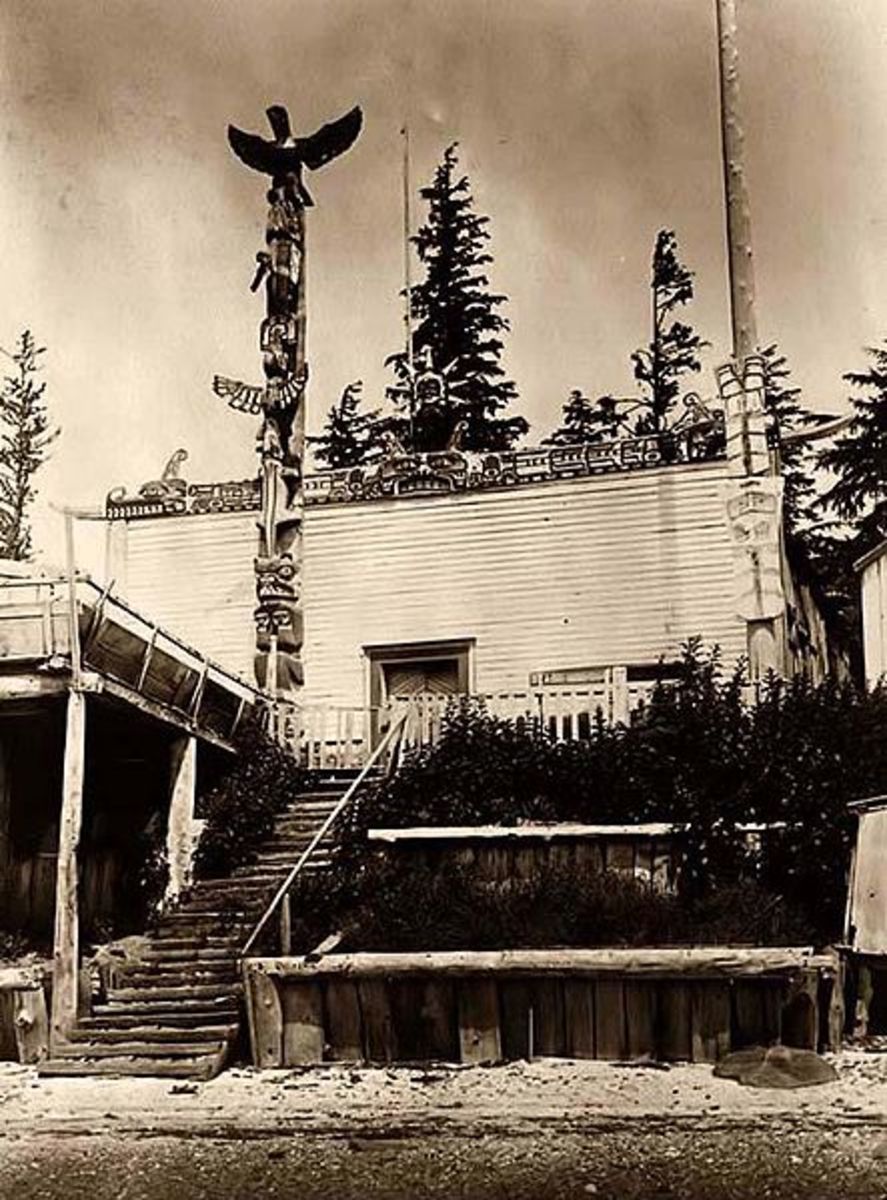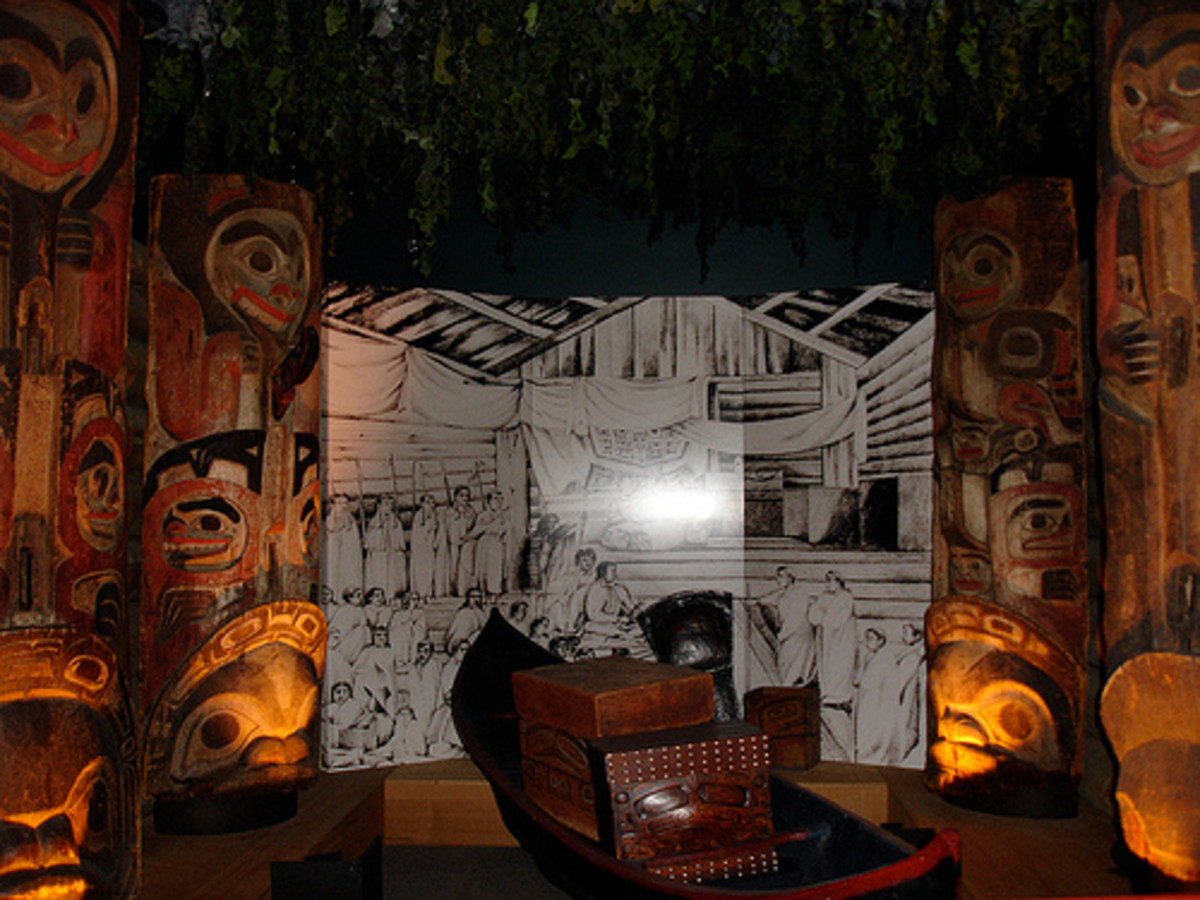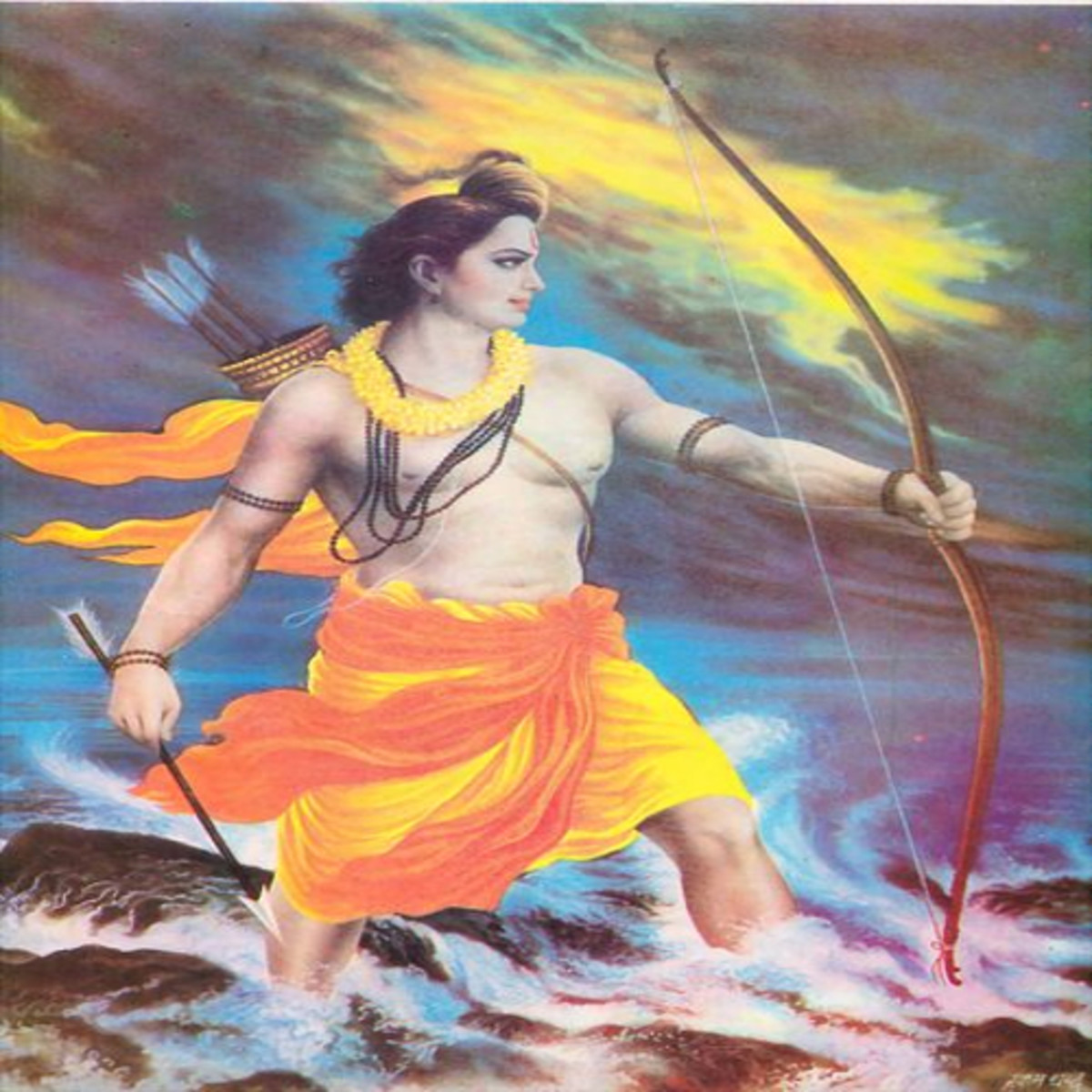Indian Wars of the Pacific Northwest
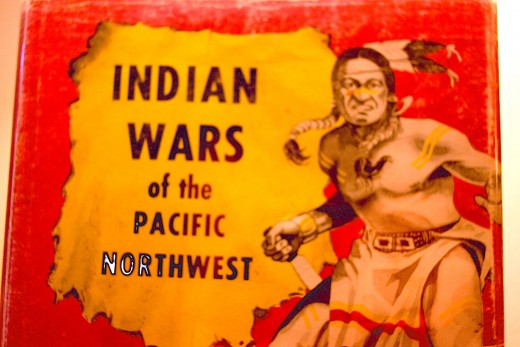
Manifest Destiny Wars
One can do without reading Ray H. Glassley's Indian Wars of the Pacific Northwest. But what about its content? How nice in contemplation or a surge of patriotism to identify in one's own mind with and/or pay homage to the founding fathers/brothers. Their names alone are inspiring: Jay, Madison, Hamilton, Franklin, Adams, and Washington. Others, like Chiefs Peopeo Moxmox, Spotted Eagle, Owhi, Joseph, Kamiakin, Three Feathers, White Bird, and Looking-Glass, in addition to Captain Jack are far less well known. In their own way, however, they are just as important. Their roles in United States history can be explored in books such as Glassley's, copyrighted in 1953.
The number of tribes that the U.S. had to deal with in the region is daunting. They include the Kootenai, Pend Oreilles, Flatheads, Blackfeet, Coeur d'Alene, Yakimas, Klickitats, Snoqualmie, Nisqually, Puyallup, Nez Perces and others. Isaac I. Stevens, territorial governor, spent the winter of 1855 among some of them during the Battles of Puget Sound. The Battle of Seattle occurred in January 1856. A month later, the U.S.S. Massachusetts arrived in Seattle harbor. In March, Lieutenant Philip Sheridan entered the contested area touting howitzers. Treaties were written. Councils were held. Oregonians and Washingtonians formed volunteer units. Settlers arrived in wagon trains. Hostilities were constant. Occasionally, there were atrocities. After twenty years, Captain Jack's Modocs joined the fray in the lava beds of northern California. Shasta Rogues harassed Whites on their way west. So did the Bannocks. The Snakes, too. Whites accused Reds of murder. Worse, they found women's clothing and baby items in their camps. Tales abounded of abductions, scalpings, stolen horses, and captivity.
It is impossible for armchair adventurers to keep track of so many names, places, and dates. From 1850, with only a couple thousand Whites residing in the Pacific Northwest, till a few decades later, after Indians were moved onto reservations, there was no end to trouble. In retrospect, Native Americans heroically resisted westward expansion. At the same time, U.S. soldiers, statesmen, and settlers were also courageous. But what was accomplished has not remained so laudable. Not in the long run. For a while, it could be said that civilization was on the march and who could stop it? But now, all that can be offered in defense of manifest destiny are choice phrases mourning a contaminated Clearwater River and the disappearance of salmon, an intricate ecology, and the requisite sanity to deal with such drastic changes.
It seems useless to recount at length the sorrows of the vanquished. Think only, as an intellectual exercise, on how burdened chiefs must have been who had to lead tribes on the verge of extinction. They had nowhere to turn. A Colonel George Wright stopped them from fishing. A Yakima War erupted and ended in a Coeur d'Alene War. Hudson's Bay Company stopped selling Indians ammunition. It also seems futile to recite the woes of the victors, of which there were many. Statistics accounting for the dead and wounded during these agonizing conflicts were not staggering by modern criteria. But it should be borne in mind that because of these 19th century clashes of arms, not just in the Northwest, so-called civilization took a decisive turn. The idea of a well-maintained balance between nature and humanity was abandoned. Brute force won the day. Native inhabitants were marginalized. And the triumphant, crazily, became their own victims. The bitter harvest today of PCBs and an assortment of carcinogens is no prize.
Indians of the Northwest fought hard, not just for themselves, but the earth, too. Their ways of life might not have pleased those who strove to eliminate them, but now, as a consequence, it is dangerous to breathe air, drink water, and eat food. The very idea that civilization is an unstoppable force with an ever-upward trajectory, leading from one improvement to another, overcoming all obstacles, needs to be re-examined. There is no groundswell for a mass return to low-tech and no-tech. But between this and a world in which nations point missiles as if they were bows and arrows or Springfield Muskets the choice is obvious.

